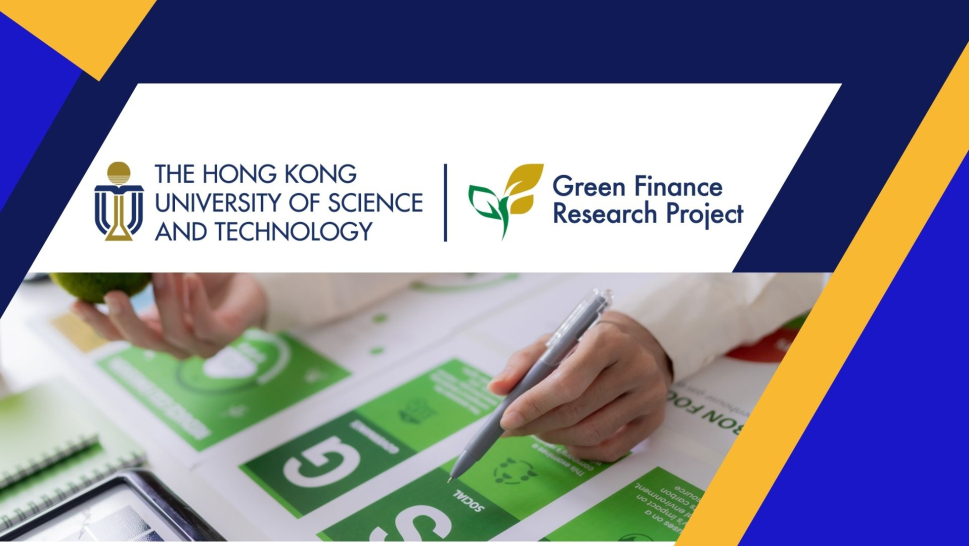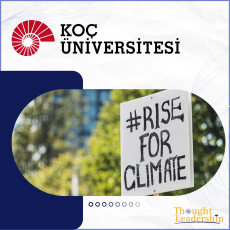In Building a Green and Sustainable Finance Workforce: Insights into Hong Kong Young Adults’ Career Interests and Perceptions, Kar Yan Tam, Christy Yeung, and Wai Nok Yim offer a timely, data-rich view into that human engine. Drawing on a June–July 2025 survey of 4,020 young adults (18–25), the authors map awareness, motivations, barriers, and enablers, positioning their work within HKUST’s broader “Think and Do” green finance initiative to turn research into practical talent-development strategies for the city’s financial ecosystem.
Their vision is unapologetically applied: scale a resilient, inclusive GSF workforce through coordinated action by educators, industry, government, and youth organizations: so Hong Kong can align capital with climate and social goals while sustaining long-term competitiveness.
Two findings anchor the opportunity. First, interest runs high but understanding is uneven: 73.8% have heard of GSF, yet only 34.8% demonstrate strong conceptual grasp; persistent misconceptions (e.g., “GSF is only about renewables”) suggest the need for clearer frames and more experiential learning. Information diets skew social: nearly half cite social media as their primary source (48.2%), ahead of financial news (41.7%) and official sites (30.3%), implying that outreach must meet youth where they scroll. Attitudes are positive and values-aligned: majorities show interest in GSF topics and willingness to change behaviour for climate action, a fertile bed for mission-driven careers. Salary expectations are pragmatic (HKD 20–30k for entry-level and HKD 30–40k for junior roles) indicating realism about market norms. Together, these signals indicate a strong intent that can be turned into pipelines if educational research and application addresses knowledge gaps and employers turn purpose into pathways.
Second, the report identifies decisive levers and fault lines. On the upside, 65.8% are interested in GSF careers and 61.3% are actively exploring roles; top motivators include personal commitment to sustainability (63.4%) and environmental concern (55.1%). Barriers cluster around know-how and experience: insufficient sector understanding (45.5%) and perceived skills gaps (33.6%) depress entry. Training emerges as the strongest catalyst: 60.7% prioritise recognised provider programs, followed by university offerings and workshops. This evidences that credible, modular upskilling can move the needle quickly. Notably, the government’s Pilot GSF Capacity Building Support Scheme is under-noticed (53.7% awareness) but strongly desired (≈89% interested in applying), a low-hanging fruit for targeted promotion. The cautionary theme is inclusion: males outpace females across awareness, interest, applications, and active search, a gap exceeding 20 percentage points on some measures, which makes gender-responsive outreach and role models essential to avoid reproducing legacy imbalances in a “new” economy.
Turning these insights into practical action, the playbook is clear and collaborative.
For students:
translate intent into portfolio evidence by completing one recognized GSF credential, then support it with a data-rich micro-project (e.g., analyzing financed emissions for an SME lender or mapping transition risk for a listed issuer), and share workflow and assumptions on GitHub or in a brief to demonstrate rigor.
For professionals:
incorporate GSF into core workflows, align analyst training with ECF-GSF or similar standards, integrate climate risk and transition finance into credit and product governance, and test a client-facing “green structuring” approach that clearly impacts origination, pricing, or coverage.
For academics:
develop modular, stackable credentials with industry partners, create courses with pre- and post-assessments to track skill development, and conduct longitudinal studies to determine which interventions (mentorship, case clinics, lab placements) most effectively close the knowledge–practice gap—especially for women and underrepresented groups. Systemically, engage youth where they already learn (social channels), emphasize inclusive pathways (funded internships, mentored rotations), and leverage the Government Support Scheme as a demand driver by simplifying access and showcasing alumni success stories.
Together, these steps convert high interest into scalable capacity and position Hong Kong’s GSF workforce as a competitive advantage rather than a limitation.
ARTICLE HERE





